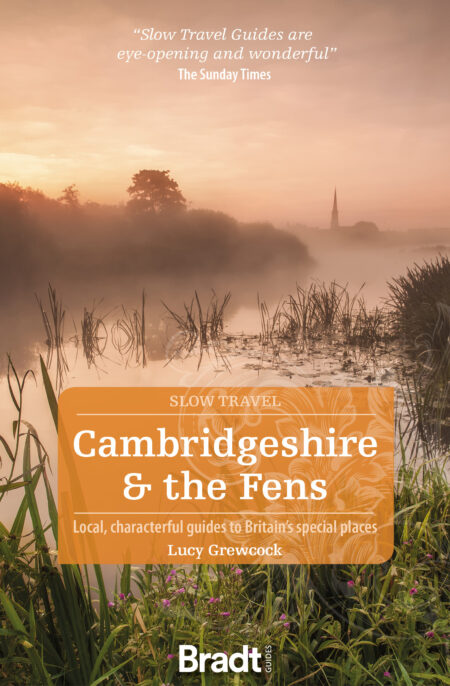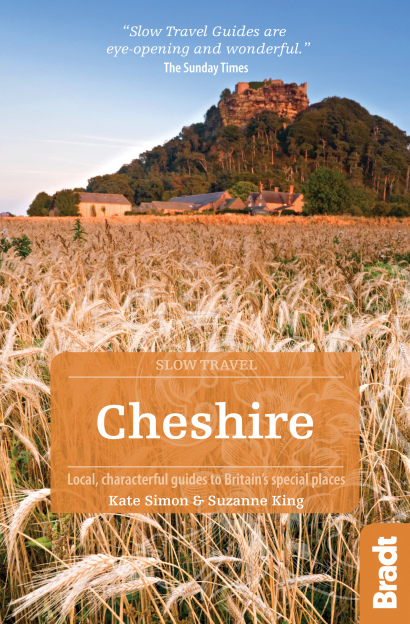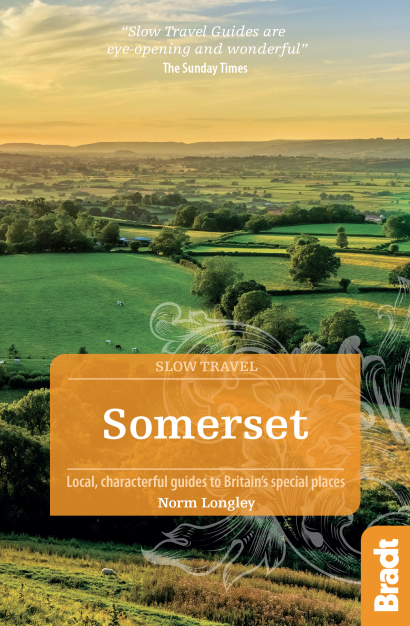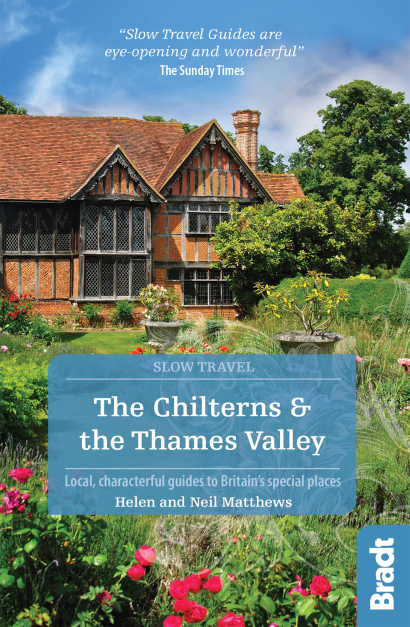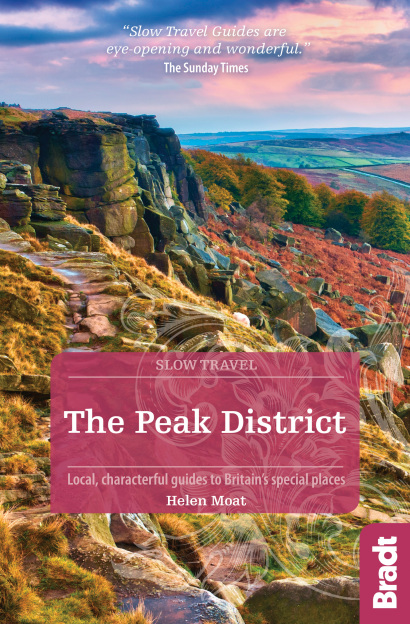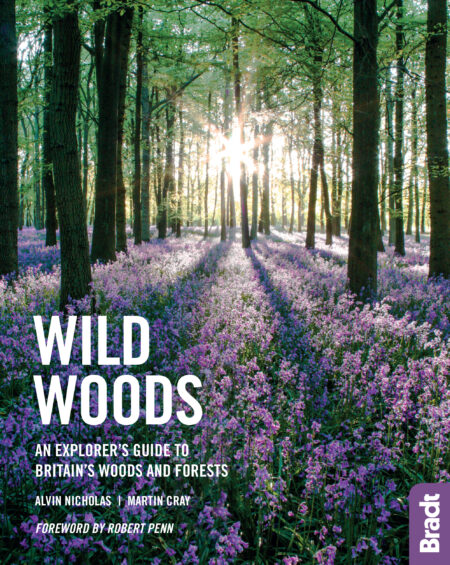The return of spring in England is always a welcome sight. It’s a time when the great outdoors beckons to be explored as woodlands, gardens and nature reserves up and down the country shed their winter cloaks and erupt in a riot of colour.
For those of you eager to get your floral fix, we’ve created a list of the best places to see spring flowers in England – from trails flanked by bluebells to valleys packed with daffodils.
The north
Ness Botanic Gardens, Cheshire
These wonderful gardens are a must-see, both because of their importance as a horticultural laboratory for the botanist Arthur Kilpin Bulley and the promise of an exotic enclave amid the horizontal marshes of Cheshire’s Dee Estuary.
Bulley became obsessed about how species from the Far East, in particular, could bloom in England. In 1898, he bought a sheltered 60-acre plot on the west bank of the Dee Estuary where he propagated seeds from the Himalayas and China. In short, we have Bulley to thank for the rhododendrons and camellias that grace the borders of Britain’s gardens.
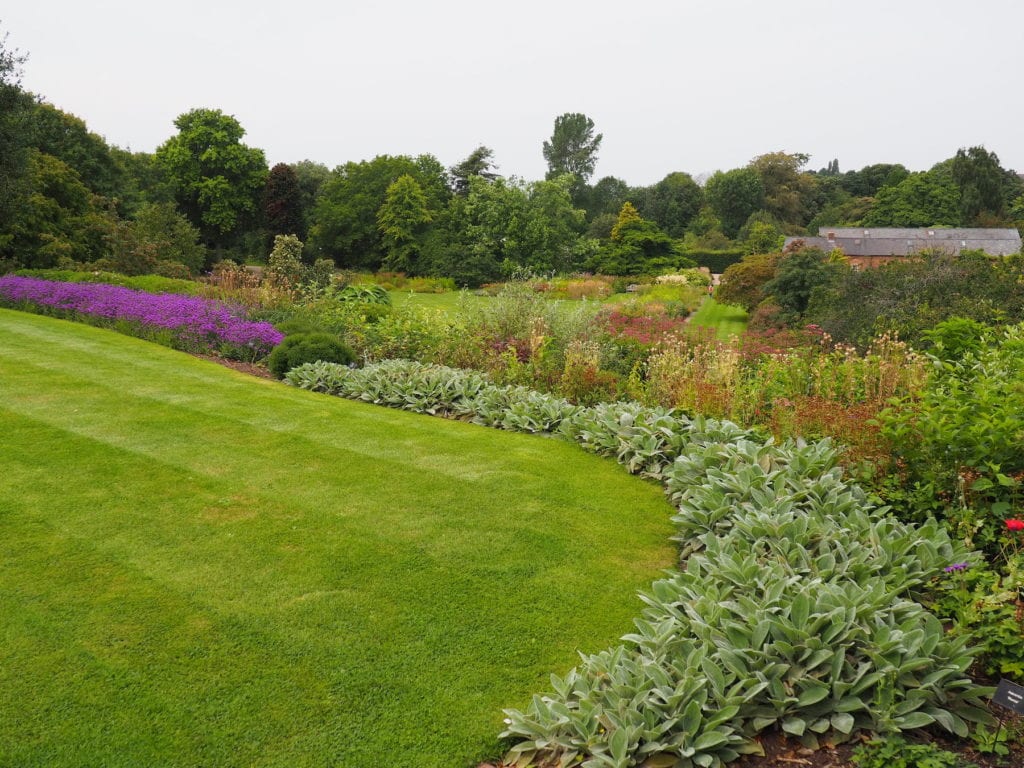
Now run by Liverpool University, Ness has been open to the public since its inception and remains so, as stipulated in Bulley’s will. There is a visitor map to pop in your pocket, but it isn’t essential, because the fingerposts will point you to the different landscapes – Rock Garden, Mediterranean Bank, Spinney Wilderness.
Or you can be guided by your natural curiosity to study a plant or tree that commands your attention – your fellow visitors are certain to be engrossed in scrutinising leaves and having a good sniff of the blossoms.
Lea Gardens, Peak District
Created by mill owner, John Marsden-Smedley, Lea Gardens in the Peak District are well worth a visit. From brilliant red, dazzling cerise and deep purple to the delicate shades of lemon, cream, pink and salmon, the rhododendrons, azaleas and camellias are a wondrous sight from late April to early June.
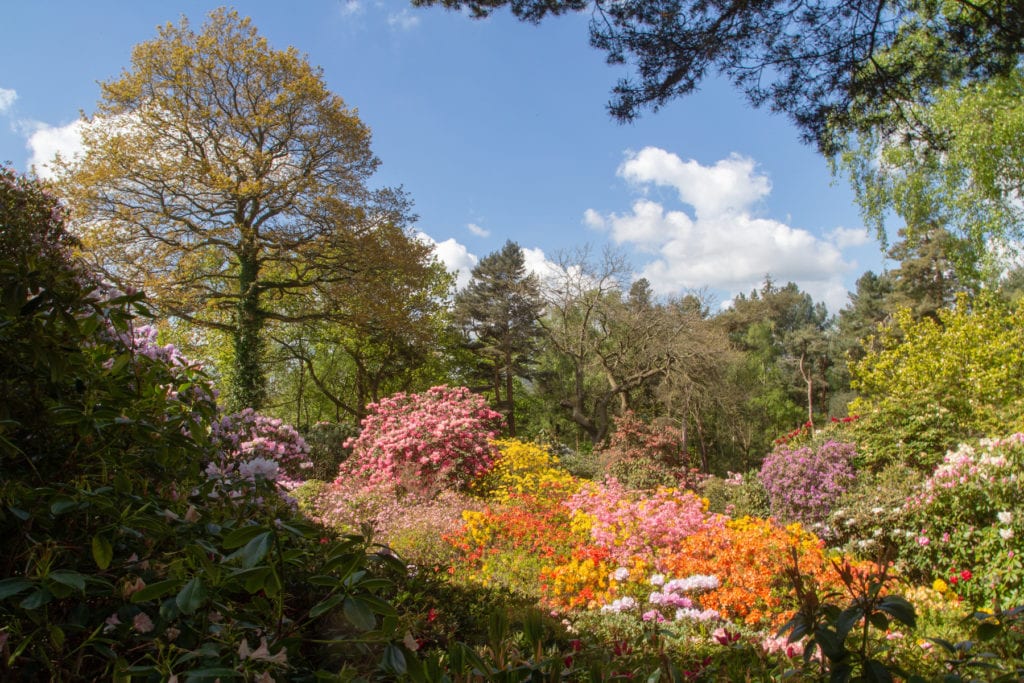
Narrow paths criss-cross the woodland of Scots pines, oak, sycamore and birch, sheltering the plants crammed on to the hillside. If you’re inspired by the planting, you can stock up at the adjoining nursery.
Helbeck and Swindale Woods, Cumbria
Given its abundance of rare lime-loving plants – columbine, melancholy thistle, lily of the valley, narrow-leaved, dark-red and broad-leaved helleborines, shady and rough horsetails, herb Paris, lesser Solomon’s seal – it’s probably just as well that parts of Helbeck, England’s finest remaining ash-elm woods, lie protected within the MOD Warcop training zone.
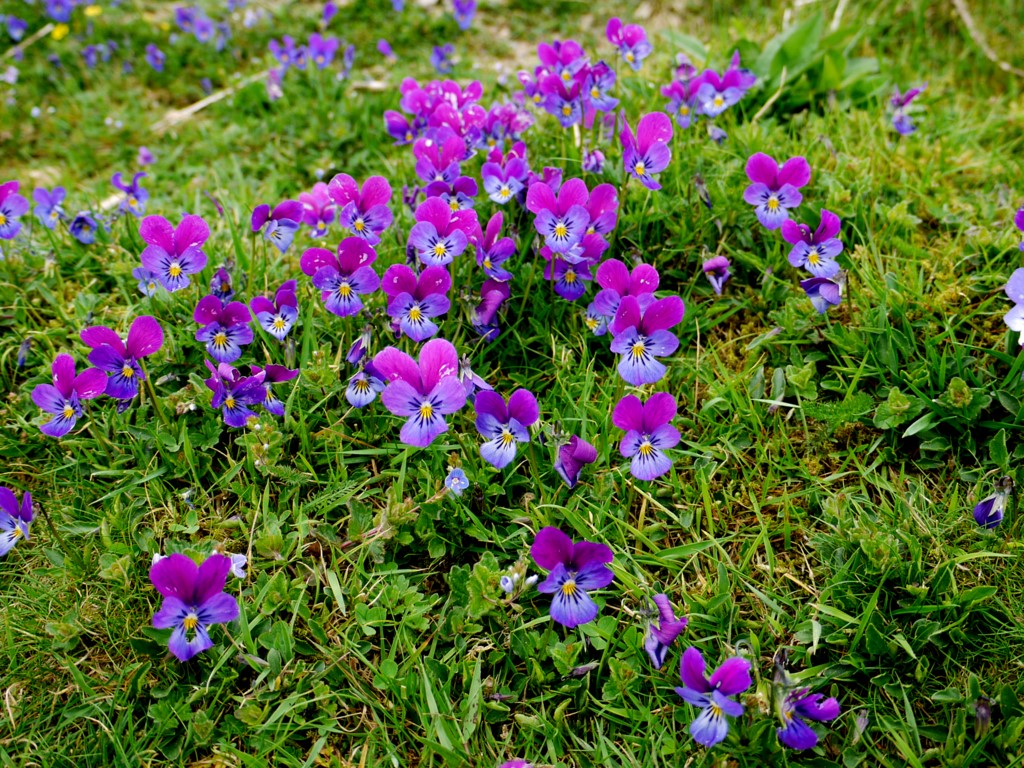
Explorers can find many of these plants elsewhere in the complex, on the steep slopes and high cliffs of remote Swindale Wood. In addition, there are beautiful displays of spring bluebells, fragrant wild garlic and a pretty trout stream. Birds include pied flycatcher, sparrowhawk, buzzard, ring ouzel, wood warbler, tree pipet and redstart.
The bluebells here are so well known locally that the grassy rides can get almost busy at bluebell time (late April–early May). Several waymarked trails penetrate the heart of the wood. Their margins are sometimes boggy following prolonged wet weather but if you stick to the central part of the ride it’s usually not too wet underfoot.
Farndale Valley, North York Moors
As quiet as anywhere in the Moors for 11 months of the year, Farndale Valley bursts at the seams with visitors in late March and early April. The reason for this popularity is the best display of wild daffodils, or lenten lilies, in the country. Most of the valley has been designated a National Nature Reserve to protect the millions of blooms.
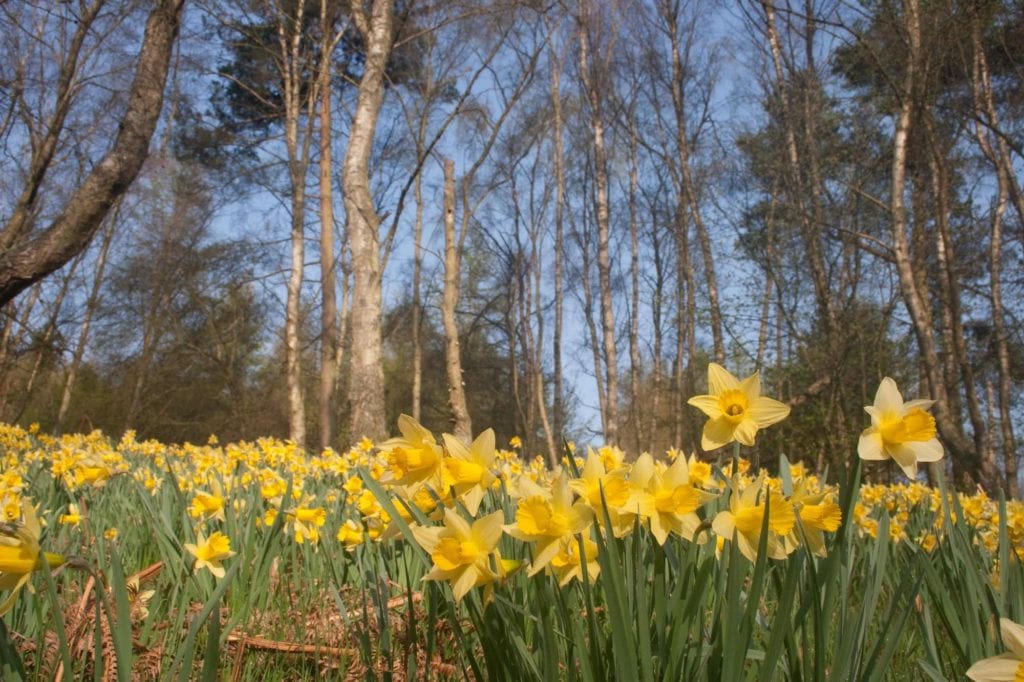
Strangely no-one really knows how they got here and why there are so many of them, although one theory has the monks of Rievaulx introducing them from France. The official Daffodil Walk runs from Low Mill to Church Houses but it can be extremely crowded; for almost as many daffs all to yourself walk up the Dove from Lowna Bridge.
The south
East Lambrook Manor Gardens, Somerset
East Lambrook’s renown spreads far beyond Somerset, for this is a cottage garden par excellence, and for that it has to thank the influential gardener, and gardening writer, Margery Fish (1888–1969) who moved to East Lambrook in 1937 with her husband Walter Fish, one-time editor of the Daily Mail.
Not that it was all plain sailing for Fish, whose desire for simple garden plants was severely at odds with her husband’s preference for tidy lawns and formal beds. It was only upon his death in 1947 that Fish was able to fashion the gardens in the manner she’d always craved.
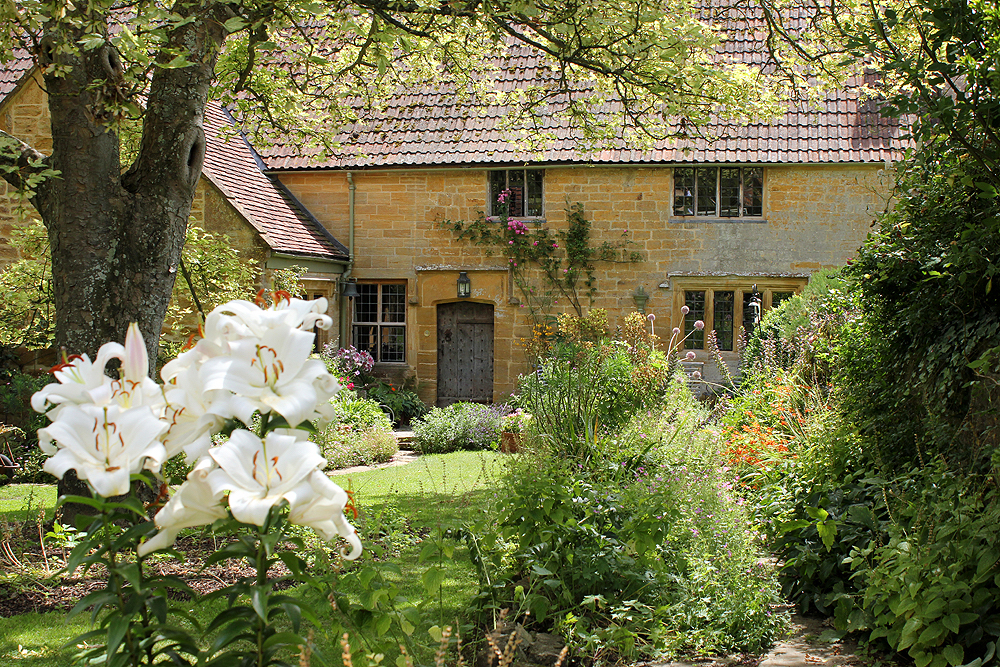
There’s seemingly very little order to the gardens, with ambling paths snaking between beds and borders, and plants of every description jostling for space. In true cottage-garden style, there is an emphasis on perennials: columbines, lungwort, hellebores, geraniums and primroses were especially beloved of Fish.
Elsewhere, native styles and exotics rub shoulders with herbs, bulbs, shrubs, grasses and ferns; in late winter the snowdrops here are a real joy. The only concession to any kind of structure are some pollarded willows and neatly clipped shrubs.
Bisham Woods, Berkshire
Believed to have been one of two inspirations for the Wild Wood in The Wind in the Willows – the other is in Cornwall – these ancient riverside woods offer some 380 acres of beech trees, bluebells, bird’s nest orchids, four species of helleborine orchids, and wild strawberries and wild cherries. Wildlife includes butterflies, stag beetles and tawny owls.
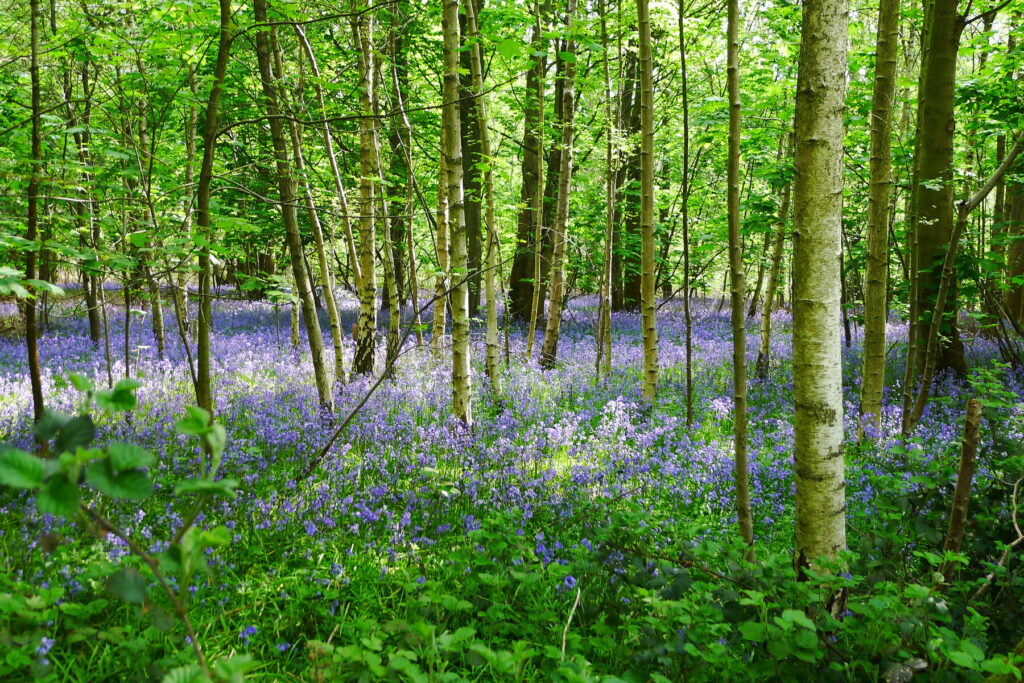
Bisham Abbey manor house, across the road, is rumoured to be haunted by Lady Elizabeth Hoby, a friend of Queen Elizabeth I. Some say her ghost wanders the grounds tormented by guilt about the death of her young son, who perished after she cruelly locked him in the house and forgot him. History would seem to contradict this version of events, but the ghost story lingers on.
Foxley Wood, Norfolk
This is Norfolk’s largest remaining ancient woodland and stands as a fine reminder of what much of central Norfolk must once have been like before widespread agriculture took hold. It has been rigorously managed over the centuries, albeit in a sustainable way.
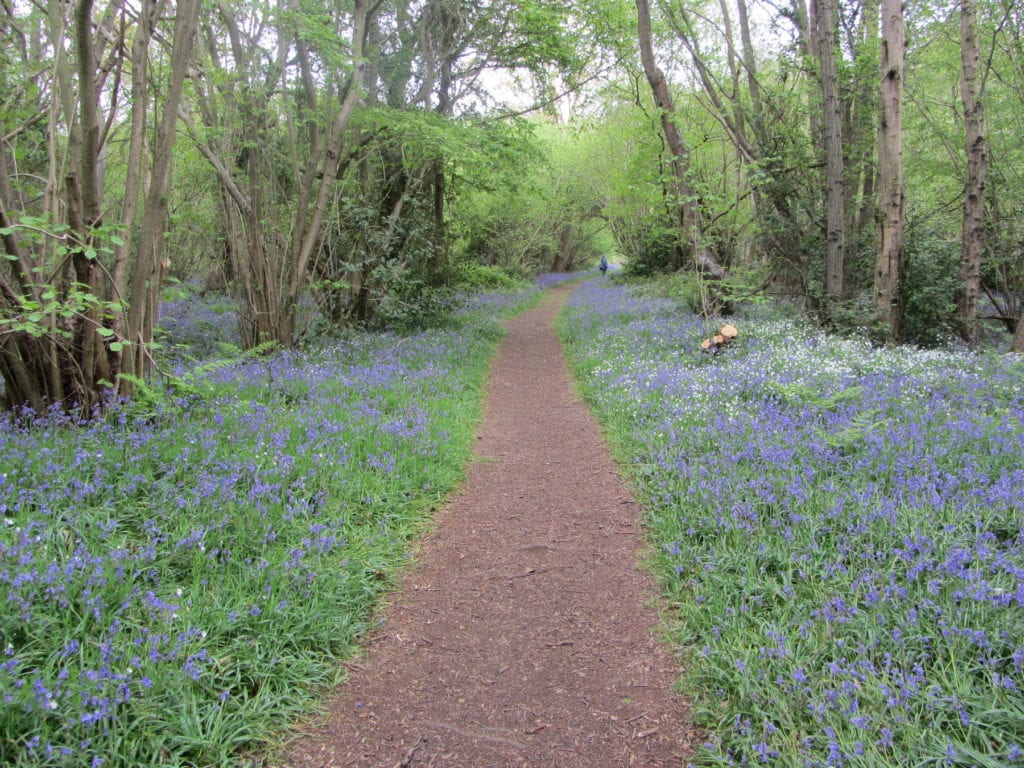
These days, of course, there is little demand for woodland products like hazel wands but the ancient art of coppicing is still practised, creating the dappled conditions needed for what have become quite scarce plants like primroses, cowslips and early purple orchids.
Freston Wood, Suffolk
South of Ipswich, a finger of land extends southeast, delineated by the River Orwell to the north and the River Stour to the south. In sharp contrast to the busy urban centre of Ipswich, this peninsula has an essentially rural character – a place apart that is a gently rolling terrain of arable farms and pockets of woodland with lonely marshes and creeks close to the shoreline.
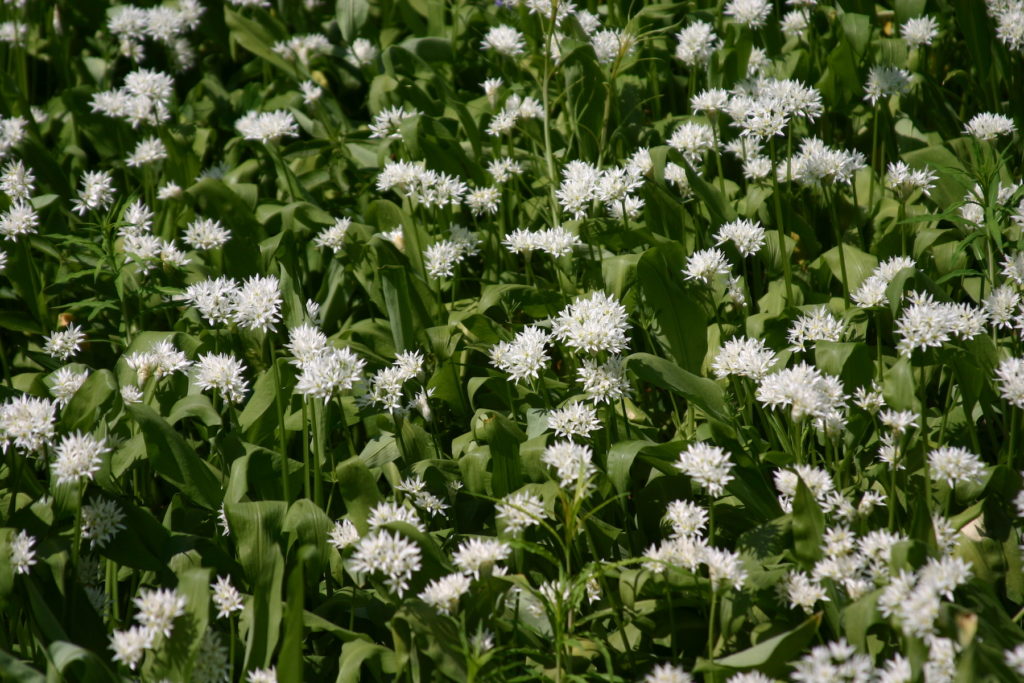
In terms of spring flowers, the best place on Suffolk’s Shotley Peninsula is Freston Wood, an atmospheric ancient site with gnarled pollarded oaks and many species of bird, flower and butterfly. Upon entrance you’ll be greeted by the delicious garlicky aroma and pretty white flowers of ramsons that cloak the bottom part of the wood. Walk a little higher and the aroma morphs to the sweet hyacinth smell of bluebells that festoon the ground in late April and May.
Nymans, Sussex
A more romantic garden than this would be hard to envisage. Located just east of the Sussex village Handcross and some 500 feet above sea level and on light acid loam, it is a secretive 30-acre series of spaces that entices the visitor round from one surprise to the next. In late spring and early summer its colour is quite startling.
It was begun by Ludwig Messel, who acquired the property in 1890 and brought in plants from around the world – he made a heather garden, sunken garden, raised pergola walk and pinetum, and planted azaleas and rhododendrons.
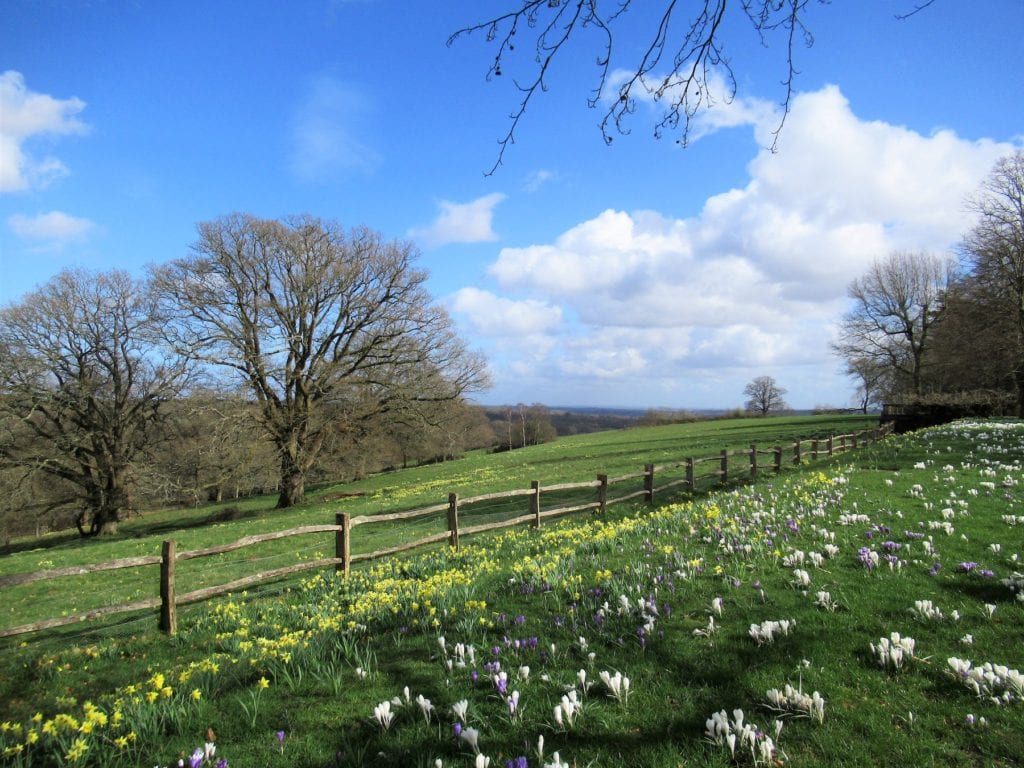
His work was continued from 1916 by his son Leonard who planted the notable collection of rare magnolias and eucryphias and invested in plant-collecting expeditions in the Far East and South America, while his wife Maud created the rose garden, with old-fashioned varieties. After the National Trust took over in 1954, the Messels continued to oversee operations.
Cambridge Botanic Garden, Cambridgeshire
Cambridge University Botanic Garden was initiated in the 1820s by Charles Darwin’s mentor, John Stevens Henslow, who convinced the university to move its original plant collection to a larger site, where it could be developed into a centre for learning.
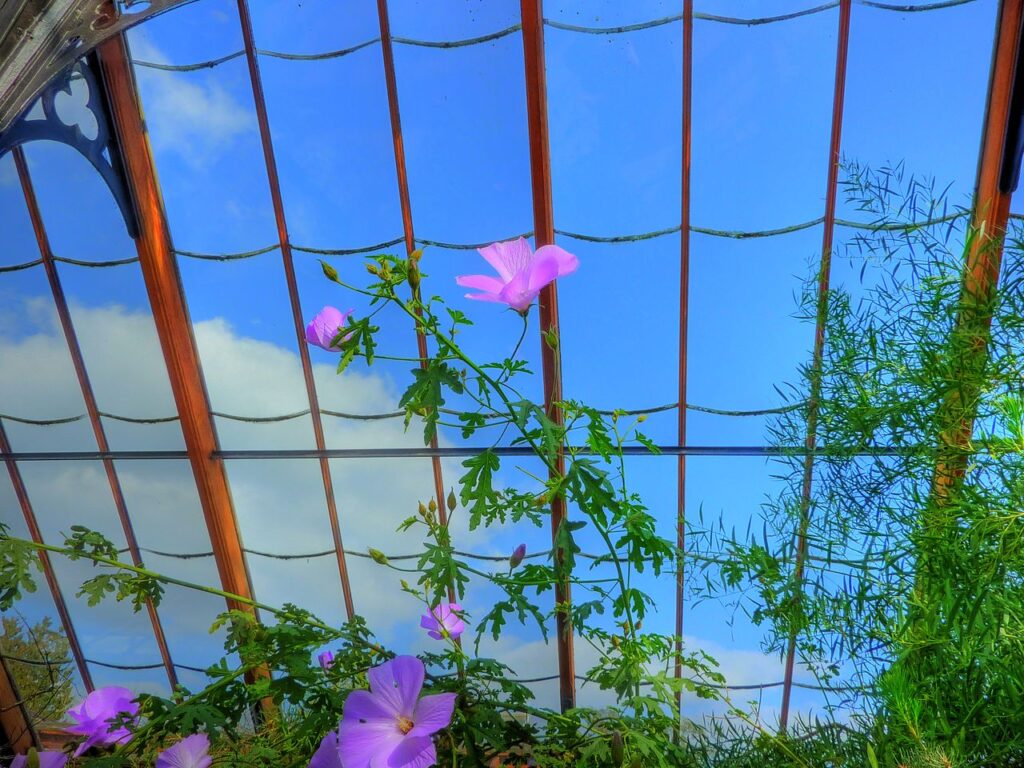
Today the garden has around 8,000 plant and tree specimens in different zones that range from the woodland garden to the tropical hot house. You could follow the Main Walk past giant redwoods that were grown from the first seeds brought to England, or you could walk along the Rising Path and peer down on the historic Systematic Beds. You can also learn about everything from climate change and endangered plants to the first potatoes brought over from South America in Tudor times.
Flagmore Wood, the Chilterns
The mauve-flowered coralroot is a feature of Flagmore Wood, just north of Hughenden Manor in the heart of the Chilterns. It is notable for two reasons. It is largely confined in this country to woodlands around Hughenden and High Wycombe.
It does not set seed, but has another strategy for reproduction, growing purple ‘bulbils’ (miniature bulbs) at the base of its leaves. These drop off after flowering and produce new plants. This means that coralroot forms large patches, but does not spread easily to new areas.
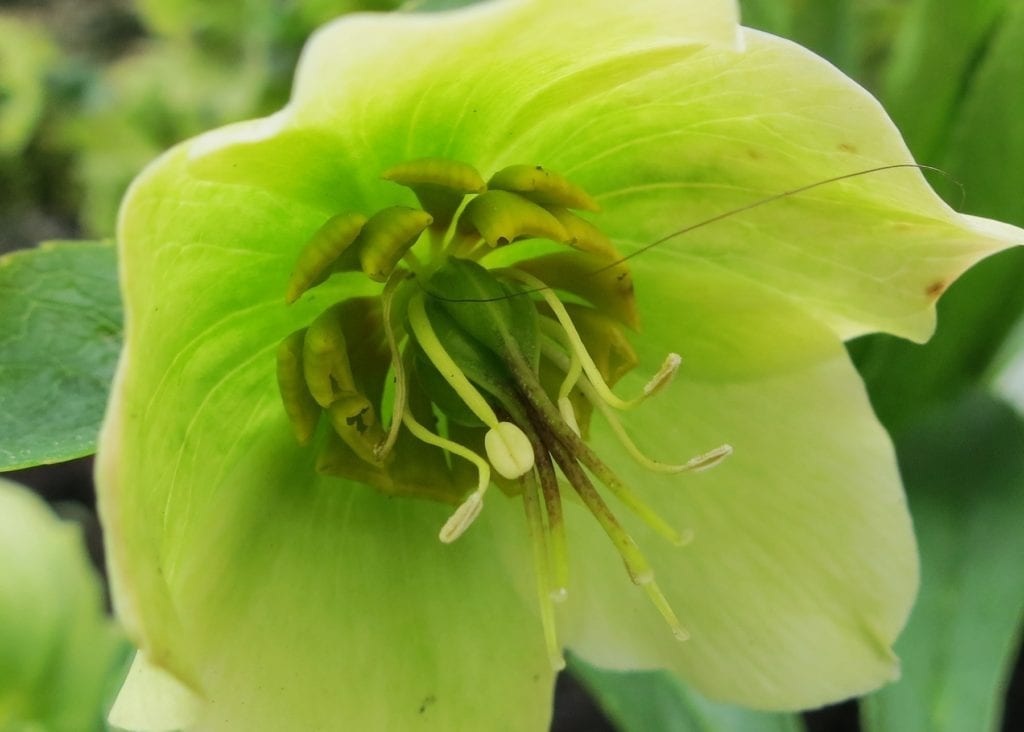
Another unusual plant is green hellebore. It blooms when winter is still with us, its flowers demure emerald green, but attracts enough early bees and flies on occasional sunny days to be pollinated, so that by spring the bracts that form what looks like green petals surround a group of green seed-pods.
More information
Discover more places to see spring flowers with our guides:
